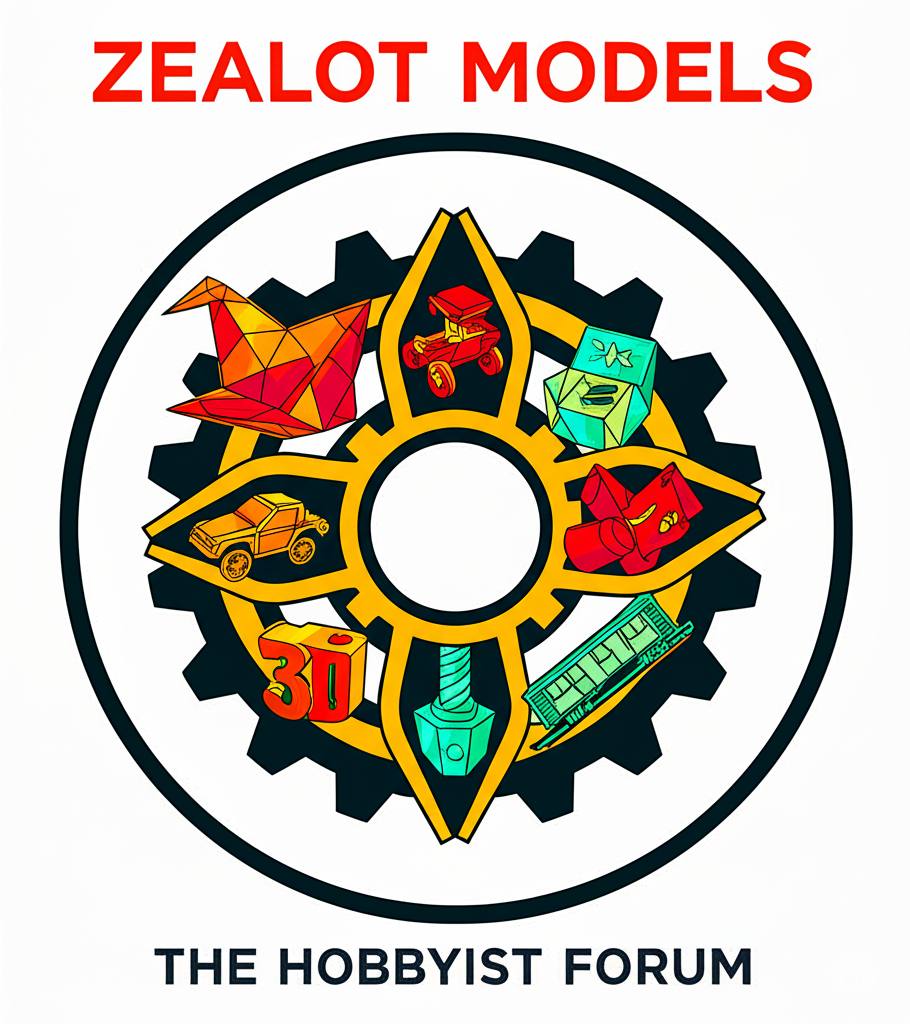L
lester perry
GP 7s & 9s prepareing to roll while the glorious steam sits in round house.:cry:

The twisted track I just noticed is an optical illusion, It is not realy there?

The twisted track I just noticed is an optical illusion, It is not realy there?

